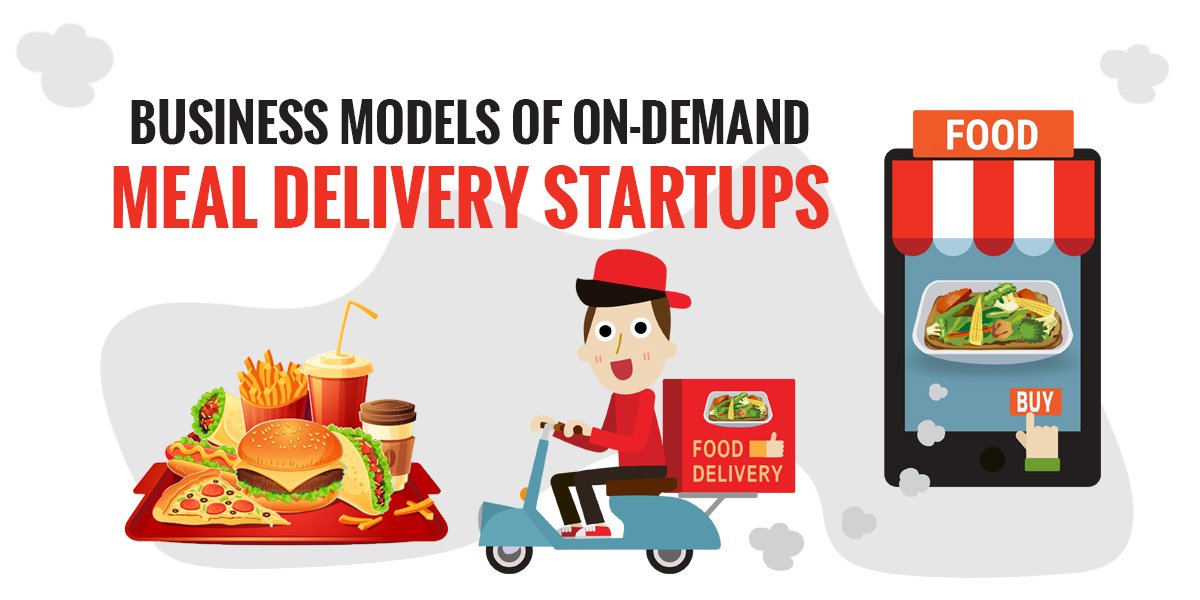The business world has grown more dynamic than ever. Change has become the only constant. As new technologies and increased competition make innovation and nimble execution survival necessities, smart businesspeople are creating and implementing plans that make their organizations increasingly agile.
Lack of flexibility kills companies in today’s marketplace. The old days of tradition have gone the way of the typewriter. On the information superhighway, today’s innovations are tomorrow’s old news.
Competition, innovations, and drastic changes to the marketplace mean that you have to respond to change lightning fast.
Business Transformation Trends
Too many old-style, traditional companies respond to change so slowly that they lose market share.
For example, when a manufacturing company cuts prices because it gained efficiencies, its competitors feel the pressure to compete. Traditionally organized companies have no way to respond with innovations of their own quickly enough. Usually, the result is reducing prices to rock-bottom margins and lower. The alternative is trying to compete with a product the marketplace quickly dubs overpriced.
Often, employees of companies caught in this competitive chokehold descend into a pattern of internal divisiveness. They cast blame on each other. They argue about who is at fault for the company’s inability to properly counter the price competition. Such infighting only further decreases agility.
No NFL player has ever stopped an opponent’s advance to the end zone by arguing with the quarterback about throwing an interception. The game moves too fast. When an interception is thrown, the agile NFL team must focus all their mental energy on turning themselves around. Successful teams instantly adapt to the new reality. It makes no difference how large the departure from the play they had in mind.
Achieving this level of agility in business separates winning teams from losing teams. As with a championship NFL team, agility takes practice. Workflows must be implemented in ways that not just allow, but also encourage adaptation. The corporate culture must enhance creativity and innovation. Employees must think outside the box and work together to respond to inevitable change.
As the economy changes at a faster and faster pace, agility becomes more and more synonymous with survival.
To make it in the next decades, managers and business owners must structure their organizations and set the tone of their business cultures to react efficiently to a high degree of fluidity.
Here are five steps to take to make your organization a winner:
1. Understand and embrace agile methodologies
Agile methodologies are systems of business management. Many of them originated in the software world, but they are applicable to general businesses. All agile methodologies are adapted to the environments in which they are deployed. They also share several common features.
Agile methodologies promote agile teamwork. They work best in small teams, usually three to eight members. Team memberships can be shifted, and members can serve multiple functions.
The agile framework includes to-do lists that all teams and team members access. These lists provide a backlog of work that needs completion. The teams achieve these goals by working in a cohesive environment. As old tasks are completed, new tasks take their place on the to-do lists. Goals are dynamic and achievable.
Software programs for creating these shared to-do lists are useful. The top management software includes Jira, Liquid Planner, and Workfront.
Smaller teams and companies may use less technological approaches, such as whiteboards.
Cloud computing helps implement agility goals. By connecting teams across the office or across the world, cloud computing allows employees to share tasks, provide feedback, and plan cohesive execution. In today’s world, teams must traverse geographical boundaries at the speed of the Internet and the cloud platform allows this seamless experience.
Agile methodologies help prioritize workloads. Without a system for establishing priorities, tasks are done in haphazard or inefficient order, and haphazardness and inefficiency create chaos, not agility.
Agility is created by coordination. Agile methods coordinate tasks so the high-priority tasks are completed first. All teams are working on tasks that enhance the organization’s overall goal.
With an understanding of agile methodologies and their purpose, managers are able to create effective strategies that provide employees with the guidance, feedback, and the positive motivation to succeed.
2. Develop short-term objectives
Business agility practices use short-term goals as springboards to achieve long-term objectives. As short-term goals become the immediate focus, they must be completed before the teams move on to the next tasks. In addition to aiding focus, working towards these short-term goals makes it easier to switch to new goals when conditions change.
If teams are locked into long-term goals, agile adjustment to changing conditions becomes impossible. Using the example of a manufacturing company needing to respond to a competitor’s price cut, focus on short-term objectives helps.
If teams are married to plans for a new product launch and marketing, how can they quickly shift focus to manufacturing efficiency?
For the company to survive the price competition, it needs to become more efficient, or else the new product’s price cannot compete. Worse, its launch may fail because the competitor has set the pricing bar too low. In this case, teams must shift focus to creating efficiency.
When teams are connected to each other and their goals through cloud computing, they are able to view their own and other team’s or team member’s goals and progress, increasing agile execution.
3. Manage time horizons as sprints
Sprints consist of measurable objectives pursued over several weeks. By managing in sprints, team leaders leave their people open to switching tasks when needed. When the progress of these sprints is tracked on a cloud computing system, employees are held accountable.
When management imposes long goals, say for the quarter or the year or longer, teams become slavishly devoted to those objectives. When those objectives must change, the team’s work over several months often goes to waste. When managed in sprints, this waste is avoided.
4. Focus on core competencies
Every company has a core competency. Many organizations lack a solid definition of what it is.
To determine a core competency, consider what the company does best, what its clients value most, and what competitors have failed to match. For example, a packaging manufacturer’s core competency may be its efficient production of a clear plastic clamshell package. It has patented technology that gives it efficiency, and its customers can’t get enough. This is a clear core competency.
This company may explore printing cards for packaging, only to find printing companies have patented technology it lacks. It would serve its customers better by buying the cards from those printers and reselling them or staying out of card printing.
The company should retain focus on its core competency of clamshell packaging.
5. Lean Operations
This may seem simple, but attaining lean operations takes enormous forethought and discipline. An operation is lean when all of its activities add value. As organizations grow, the question of what adds value increases in complexity.
A detailed analysis must reveal what operations contribute to agility. The analysis must also discern what operational cuts could damage the company’s agility. Cut too far, or cut the wrong operations, and companies can find themselves without the resources they need to remain agile.
Using data reports from Customer Relationship Management (CRM) systems provides an enormous advantage in creating lean operations and assessing business agility. By providing detailed reporting of each department’s execution, CRM systems demonstrate profitable endeavors.












